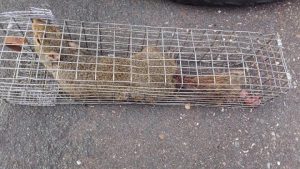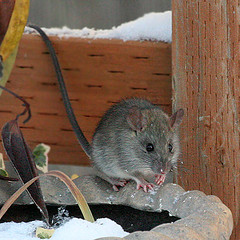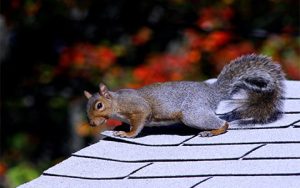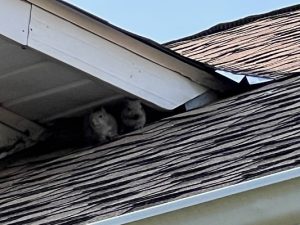Animal Removal & Prevention Services MN
1069 109th Ave NE, Blaine, MN 55434
(763) 785-1414 • (612) 386-1289 • (952) 881-6662
Wild Animal Removal |
Wild Animal Disposal |
Wild Life Management |
Our Process |
Contact Us |
Pest Control |
Google+
Andover, Anoka, Apple Valley, Arden Hills, Birchwood, Blaine, Bloomington, Brooklyn Center, Brooklyn Park, Burnsville, Champlin, Chanhassen, Chaska, Circle Pines, Columbia Heights, Coon Rapids, Crystal, Dayton, Eagan, Eden Prairie, Edina, Elk River, Excelsior, Falcon Heights, Forest Lake, Fridley, Golden Valley, Hassan, Hopkins, Lexington, Lino Lakes, Maple Grove, Maplewood, Minneapolis, Minnetonka, Mounds View, New Brighton, New Hope, North Oaks, Osseo, Otsego, Plymouth, Prior Lake, Ramsey, Richfield, Robbinsdale, Rogers, Roseville, Savage, St Anthony, St Louis Park, St Paul, Shoreview, Shorewood, Spring Lake Park, Vadnais Heights, Wayzata, White Bear, White Bear Lake, Woodbury
 Squirrels may look harmless in the yard, but when one finds its way into your attic, walls, or soffits, it can quickly turn into a costly and stressful problem. Homeowners and property management professionals across Minneapolis and the Twin Cities often first notice scratching sounds, chewed entry points, or unexplained insulation damage
Squirrels may look harmless in the yard, but when one finds its way into your attic, walls, or soffits, it can quickly turn into a costly and stressful problem. Homeowners and property management professionals across Minneapolis and the Twin Cities often first notice scratching sounds, chewed entry points, or unexplained insulation damage
 Protect Your Home Before a Small Mouse Problem Becomes a Major Issue. It often starts with something small. A faint scratching behind the wall, a few mysterious droppings in the pantry, or movement caught out of the corner of your eye after dark. For many Twin Cities homeowners and property managers, these subtle signs quickly turn into stressful discoveries: mice have found a way inside. Once they’re in, they don’t leave on their own, and the damage can escalate fast. That’s why professional mouse proofing is one of the smartest investments you can mak
Protect Your Home Before a Small Mouse Problem Becomes a Major Issue. It often starts with something small. A faint scratching behind the wall, a few mysterious droppings in the pantry, or movement caught out of the corner of your eye after dark. For many Twin Cities homeowners and property managers, these subtle signs quickly turn into stressful discoveries: mice have found a way inside. Once they’re in, they don’t leave on their own, and the damage can escalate fast. That’s why professional mouse proofing is one of the smartest investments you can mak It usually starts with something small. Maybe a faint scratching behind the walls, or the sound of tiny feet racing across your attic just before sunrise. Many Anoka homeowners and property managers brush it off as “house noises,” until one day they discover chewed insulation, droppings, or even wiring damage. By then, the squirrels have already made themselves at home.
It usually starts with something small. Maybe a faint scratching behind the walls, or the sound of tiny feet racing across your attic just before sunrise. Many Anoka homeowners and property managers brush it off as “house noises,” until one day they discover chewed insulation, droppings, or even wiring damage. By then, the squirrels have already made themselves at home. Hearing Scratching in Your Attic? You’re Not Alone. It often starts with a faint scratching in the walls or the sound of quick footsteps across the ceiling early in the morning. At first, you hope it’s nothing—but as the noise grows more consistent, you begin to suspect you may have an unwelcome visitor. For many Minnesota homeowners, that visitor is a squirrel looking for warmth, food, and a place to nest.
Hearing Scratching in Your Attic? You’re Not Alone. It often starts with a faint scratching in the walls or the sound of quick footsteps across the ceiling early in the morning. At first, you hope it’s nothing—but as the noise grows more consistent, you begin to suspect you may have an unwelcome visitor. For many Minnesota homeowners, that visitor is a squirrel looking for warmth, food, and a place to nest. It usually starts with a faint scratching noise in the attic. At first, you brush it off, maybe it’s just the house settling or a branch brushing against the siding. But then the noise grows louder, more frequent, and suddenly you realize something is living above your head. A homeowner in the Twin Cities recently tried to handle it themselves using traps from the hardware store. Days later, not only had the squirrels chewed a bigger opening into their soffit, but they also caused damage
It usually starts with a faint scratching noise in the attic. At first, you brush it off, maybe it’s just the house settling or a branch brushing against the siding. But then the noise grows louder, more frequent, and suddenly you realize something is living above your head. A homeowner in the Twin Cities recently tried to handle it themselves using traps from the hardware store. Days later, not only had the squirrels chewed a bigger opening into their soffit, but they also caused damage

